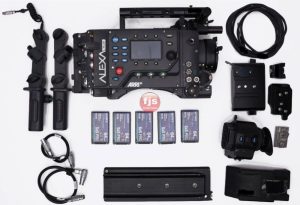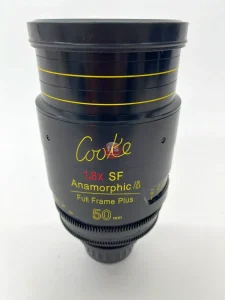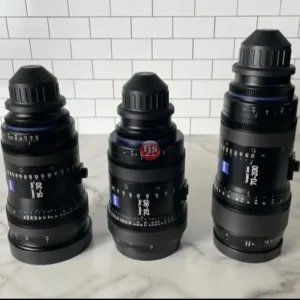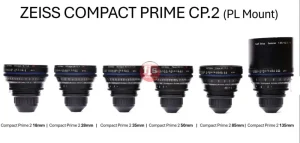One way to determine if a lens is telephoto is by its focal length. Generally, a lens with a focal length of 70mm or longer is considered telephoto. However, it’s important to note that different camera systems have varying sensor sizes, which can affect the effective focal length of a lens. For example, a lens with a focal length of 50mm on a full-frame camera may behave like a telephoto lens on a crop-sensor camera.
In terms of quality, the performance of a telephoto lens is determined by several factors. One key aspect is the lens construction, including the quality of the glass elements and coatings used. High-quality telephoto lenses often incorporate specialized glass elements to minimize aberrations and ensure sharpness throughout the entire image frame. Additionally, the autofocus system and image stabilization capabilities of a telephoto lens can greatly impact its overall performance.
In conclusion, telephoto lenses offer numerous advantages for photographers, including the ability to capture distant subjects with great detail, create beautiful bokeh effects, and perform well in low-light conditions. By understanding the focal length and considering factors like lens construction and features, photographers can ensure they are using a quality telephoto lens to achieve their desired results.
Q&A:
1. What are the advantages of telephoto lenses?
– Telephoto lenses allow photographers to capture distant subjects with detail and clarity.
– They provide a narrower field of view, which can be useful for isolating subjects and creating bokeh effects.
– Telephoto lenses often have wider maximum apertures, enabling better low-light performance and shallow depth of field.
2. How do I know if my lens is telephoto?
– Generally, a lens with a focal length of 70mm or longer is considered telephoto. However, the effective focal length can vary based on the camera’s sensor size.
3. What determines the quality of a telephoto lens?
– The quality of a telephoto lens is determined by factors such as lens construction, including the quality of glass elements and coatings used.
– Specialized glass elements help minimize aberrations and ensure sharpness.
– The autofocus system and image stabilization capabilities also impact the lens’s performance.







